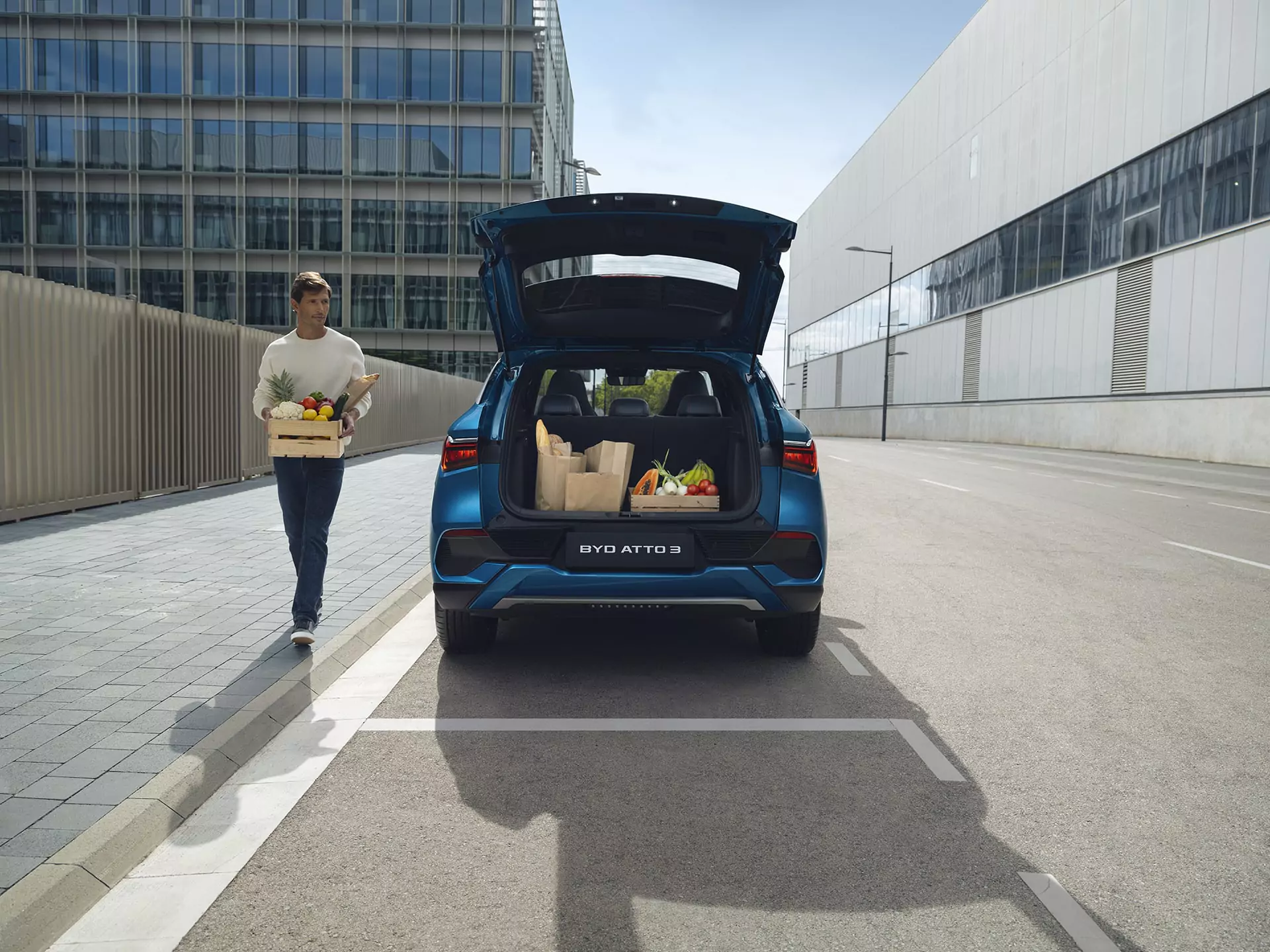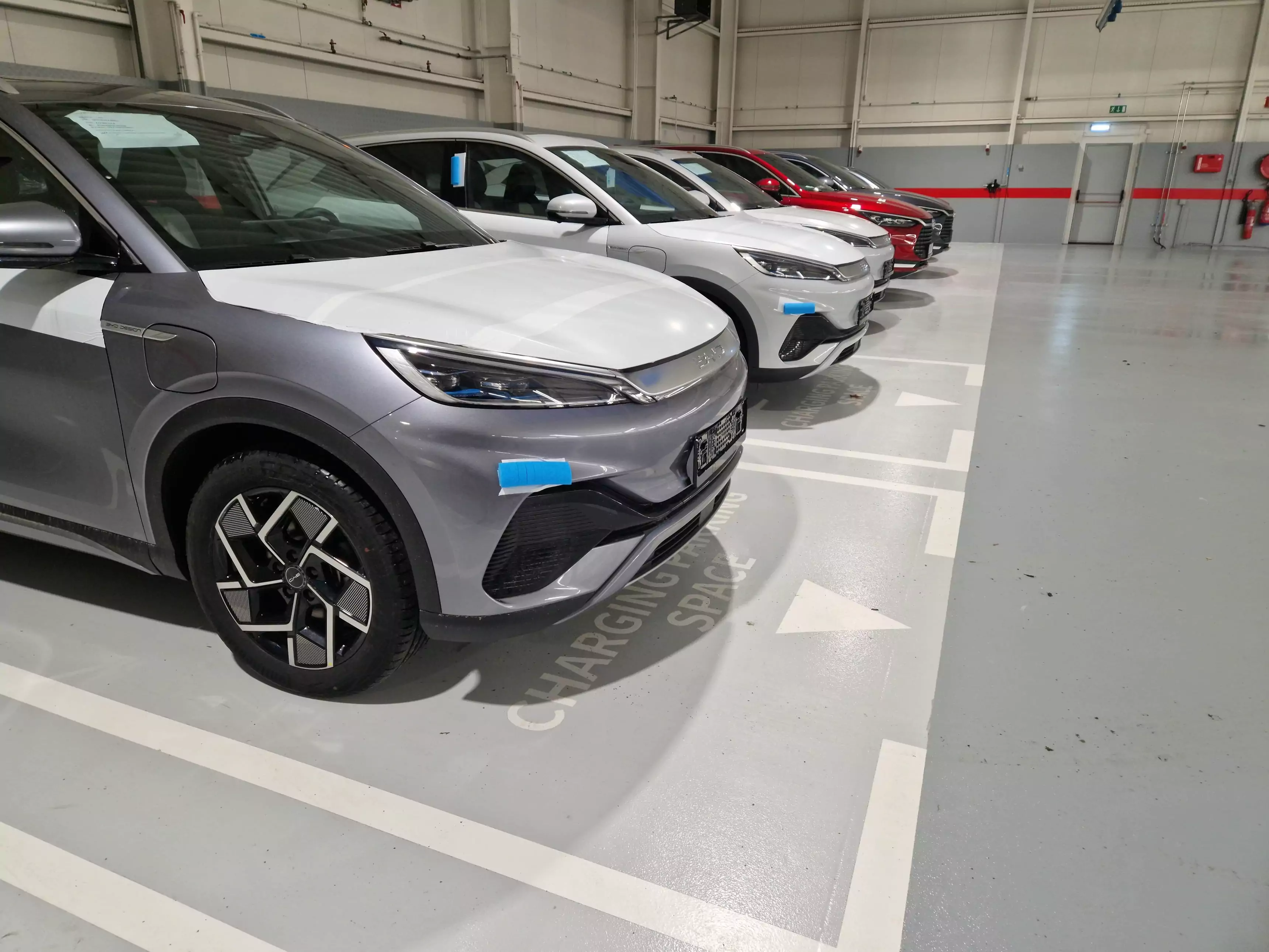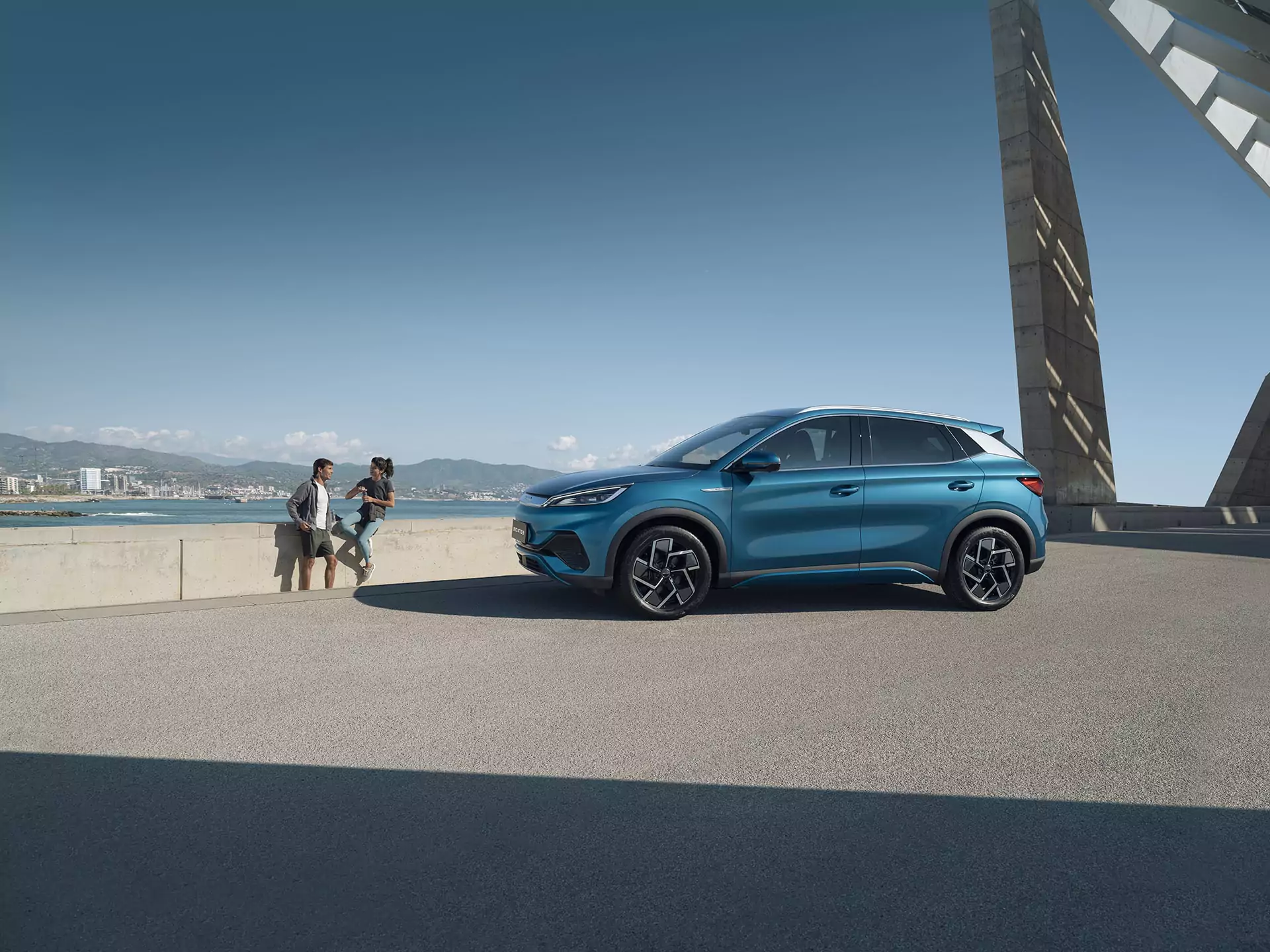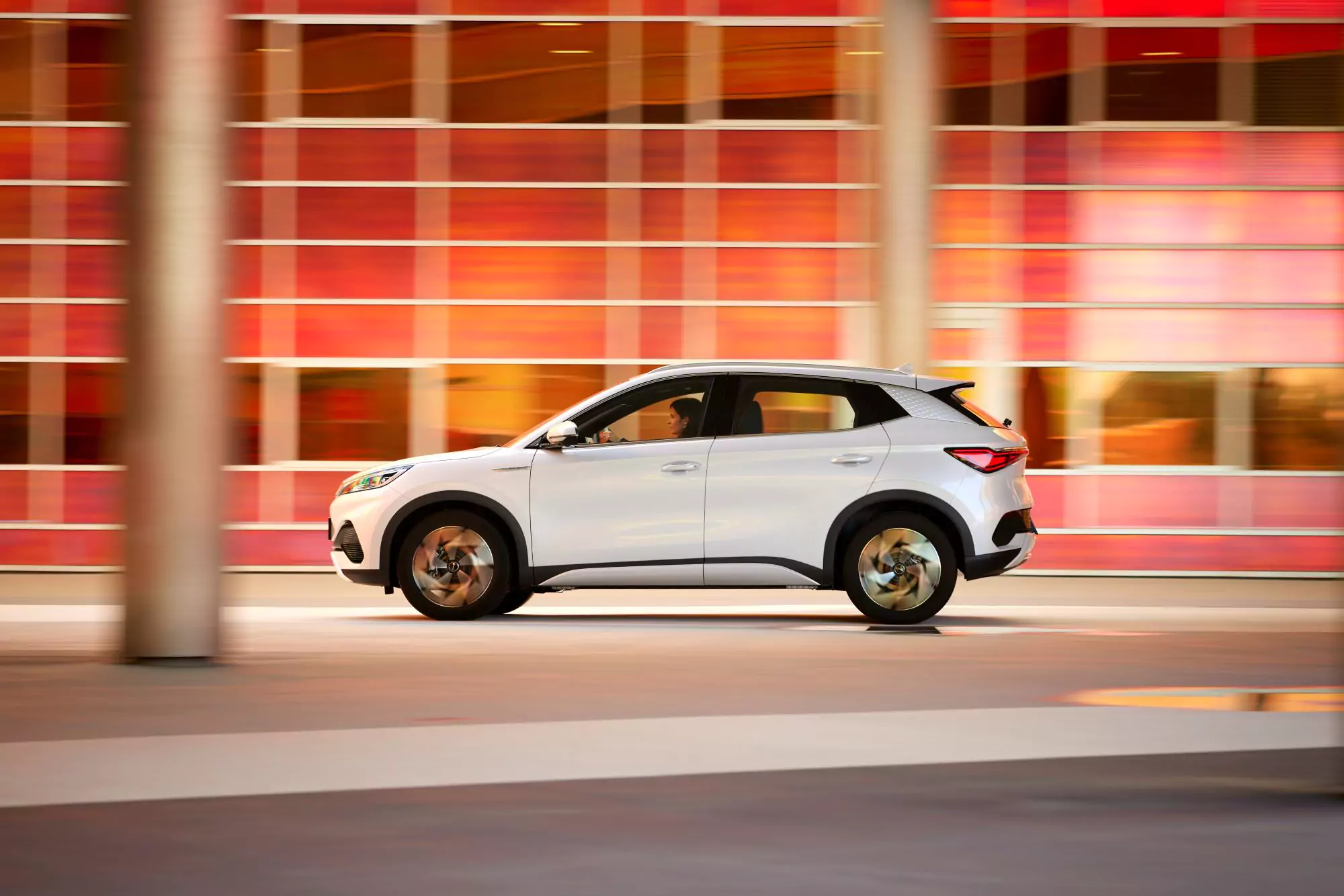To Italy by electric car: discover the power of electric driving with BYD
Traveling to Italy by electric car: to be or not to be? For those new to electric driving, this can be quite exciting. It is therefore a hot topic about which there is a lot of discussion. We can already tell you that traveling with an electric car is perfectly possible. In this blog post we tell you why!

A new way to travel
The number of electric cars will increase by no less than 75.4% in 2022. This huge boost from electric driving is therefore changing the way we get from point A to point B. With summer approaching, many are starting to prepare for their trip to the sun. Since electric driving is relatively new for many drivers, many questions still arise: “Can I still travel by car?”, “Do I have to adapt my travel destination to the capabilities of my car?”, “Am I taller? en route?". In this blog we help you on your way!
Prepare for your trip
No worries. Ultimately, traveling with an electric car comes down to the same as traveling with a traditional fuel-powered car: preparation is key! No matter how you look at it, every trip needs good preparation (unless you're rather the adventurous type who lets everything happen to you). For a smooth journey, it is best to take these points into account:
● Distance - Be aware of the range of your EV and plan according to your route. To plan your route as well as possible, we recommend that you consult some planning websites. For example, you have 'A Better Route Planner' or 'EV Navigation', websites that show you (such as Google Maps or Waze) the overview of your route with selected charging stations and travel time. Via 'Chargemap' you can view all charging stations on your route.
● Travel time - Traveling to Italy by car is certainly not a short journey. So plan stops in between. Cities in which you can stay perfectly and you do not have to worry about charging stations are, for example: Luxembourg, Strasbourg or Zurich. In addition, you can also check in advance which hotels do or do not have a charging station, this can be done on 'Plugshare'. Please note: it is of course possible that a hotel does have charging options, but this is simply not indicated on mobility websites. To be on the safe side, it is therefore best to contact the hotel first.
● Driving behavior - As with fuel-powered cars, the range depends on your driving style. If you like to accelerate quickly, you will lose range. In addition, the use of air conditioning or heating also has an effect on your range. Also make sure that you do not overload the car with luggage and other items. The more weight you add to the electric car, the more energy it needs to move, and this can lead to a reduction in driving range.
● Traffic jams - When you travel, you may find yourself in traffic jams and this can have an impact on your driving range. In stop-and-go traffic, an electric car uses more energy to accelerate and decelerate repeatedly, which can drain the battery faster. This is because electric cars usually have 'regenerative braking' which charges the battery when decelerating or stopping, but in heavy traffic there may not be enough distance to regenerate enough energy. For example, use the eco mode in traffic jams to drive as economically as possible.
Sample trip
Suppose we want to drive from Brussels to Venice with the BYD ATTO 3.
Via the planning website EV Navigation we get a step-by-step plan for our route with calculated charging breaks. Based on this schedule, we would arrive in Venice in less than 15 hours. This does not make much difference in the travel time of a fuel-powered car. The charging breaks in this route are planned in such a way that we always charge up to 90% battery capacity, which results in 6 pit stops.
Tip: As a general rule, most EV manufacturers recommend that you charge your car's battery to about 80% or 90% to maximize battery life. Regularly charging the battery to 100% can overload the battery and shorten its overall life.
These pit stops each have a loading time of 25 to 30 minutes. Perfect for stretching your legs and enjoying a snack or drink. You can also plan your charging stops in such a way that you take a break in a cozy village. Then you can soak up some culture while your car charges.
Tip: Depending on your preference, you can, for example, charge the car to 80% or less, so that you can continue your route faster. It often comes down to what you find most comfortable: multiple, short charging breaks or fewer, longer charging breaks. So check this out for yourself in advance.
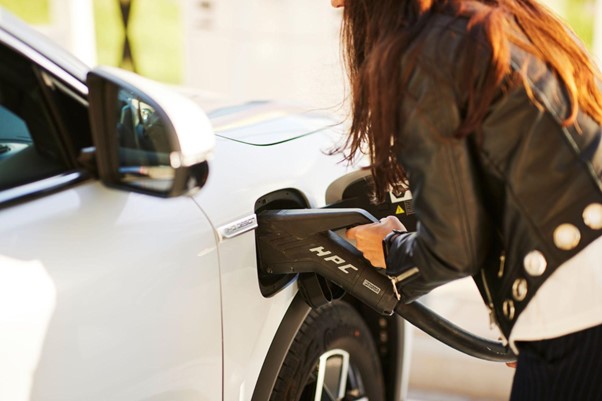
Pay for a charge: best practices
You can save a lot by comparing the latest prices of the charging stations in advance. The "difficulty" lies in the clarity of these prices. Unlike regular filling stations, charging stations do not have a sign with the current price. To find out the price, you must either consult the app of your charge card provider or scan the QR code on the charge point. That's because the price can vary depending on the charge card you use.
If you have a subscription with a certain provider, such as Fastned or Tesla, you pay less at the charging station. For example, Bart Massin, Chief E-mobility Officer at Stroohm, says: "Depending on your charge card, supplements may be added. You cannot put the total price on the charge point, because it does not know which payment mechanism you are using. We are working on a more unified system."
What should you remember?
Mainly the following: traveling by electric car is perfect. Good preparation is recommended, just like with other types of travel. There will always be opportunities to charge on the road and more and more charging stations are also appearing in tourist areas. What we also recommend is a comfortable car and let that be something we can help you with. Take a look at our models and who knows, you might go out with them this summer!
